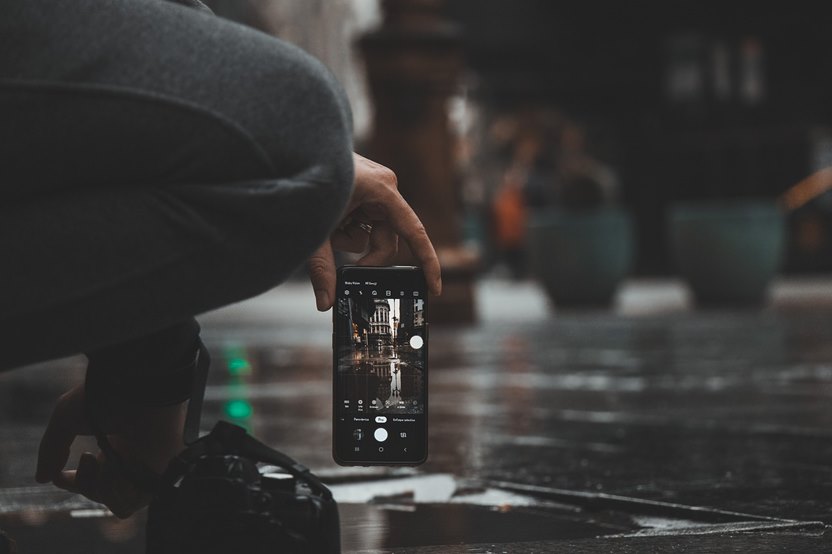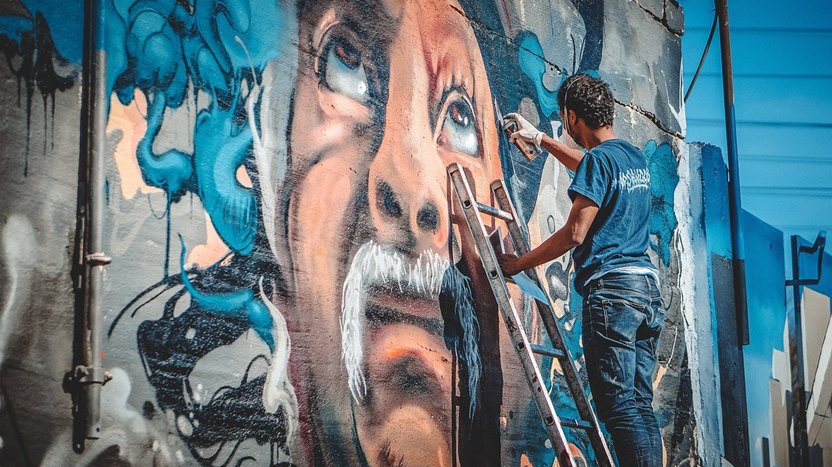Street photography is the art of capturing the lives of streets, cities, and people, turning these lives into works of art. Street photography serves as an archive of daily life, showcasing the essence of reality. While some may think, “How hard can it be to take photos on the street?” this contemporary form of photography is more challenging than one might imagine.
Street photos should make viewers think, convey emotions, and most importantly, tell a story. In essence, street photography should showcase the true essence of real life. When wandering the streets of a city to take photos, you need to be fast. Capturing the scenes you want requires competing with the natural flow of life, racing against seconds to capture the perfect photograph.
Is speed always necessary? Certainly not. Sometimes, patience is required to wait for the scene you want to unfold right where you are. Street photography, reflecting the city in all its facets, may be a challenging genre, but it will continue to excite people.
Street Photography Shooting Techniques and Privacy
While street photography can be enjoyable, it is one of the more challenging and demanding branches of photography. Balancing the use of natural light effectively and capturing a fragment of life rapidly unfolding requires skill. To achieve the best and most admired street photographs, you must apply certain techniques correctly.
Here are some techniques to elevate your art to the next level: Embrace being ready to use your time wisely; the more photos you take, the higher your chances of capturing the perfect shot. If there isn’t enough light in the street you want to capture, don’t hesitate to use a flash for better shots.
When photographing a person on the street, establish eye contact and make them look at your camera. Don’t shy away from using different angles; shooting from a lower perspective can highlight your subject. Ensure your photos have depth; include frontal shots among your captures.
What makes street photos unique is capturing subjects unaware; never overlook this rule. Utilize negative space, focus on patterns and textures, and eliminate distracting elements from your frame. One of the critical points in street photography is the debate over whether capturing photos of unknown people constitutes a breach of privacy.
Some believe that this art can infringe upon individuals’ privacy. Here are some privacy considerations: Homes are private spaces, but if an activity extends beyond the home, such as in a restaurant or a café, you need permission to take photos. Be aware that even if a person behind your subject is in the background and not a focal point, they should not be in a compromising situation. After obtaining permission to photograph someone, it is essential to seek permission again if capturing them at a different time.
Capturing People and City Details
City photography is one of the most captivating and admired types of photography. Due to the fast-paced nature of city life, there may be some challenges in obtaining the details that will shape your photos. Whether it’s a large or small city, challenges remain consistent. If you can present people and the city with all their details to your audience, you can elevate the quality and appeal of your photos.
To capture these details correctly, you need to know and carefully apply certain factors: A crucial starting point is selecting a good camera; begin your work by choosing a high-quality camera. Understand how to use colors correctly because the city offers a range of colors, and capturing the city or people in black and white can be an advantage.
Using natural light correctly is the most beautiful way to capture details. As cities and their inhabitants are always fast-paced, using slow shutter speeds can help capture details. Knowing how to use the right lens is crucial. Establish good communication to build trust, making it easier to get the desired photo.
Art of Motion and Instant Capture
Capturing moments that swiftly pass like a bird and freezing them in a photograph is an art. This technique is used in both photography and videography. High-speed cameras or efficient use of high-speed shutter settings can effectively and efficiently transform fast-moving objects into clear images.
In videos, capturing fast-moving objects in real-time or reflecting frames from the obtained video helps achieve the desired results. The art of motion and instant capture can add emotional depth to artworks. This depth can strengthen your art, leaving viewers in awe and prompting them to think. It allows you to differentiate your art by making viewers contemplate your photographs.
Night Street Photography Tips
Street photography is already a challenging genre, and imagine taking it to the streets at night. Despite its difficulties, night street photography offers a chance to create unparalleled works of art. To capture the best photos, patience is essential, and you need to develop keen observation skills and an understanding of unique stories.
Here are tips to shoot the perfect and flawless photos: First and foremost, owning a fast prime lens is crucial. Without a fast lens, long exposure times may result in blurry photos. Pay attention to ISO usage; when streets are illuminated by artificial light mechanisms at night, high ISO values can lead to drawbacks on cameras. Manage slow shutter speeds effectively; explore well-lit areas that will benefit your photos in the city. Have confidence in yourself and carry out your shoots with high motivation.
Documentation of Street Art and Graffiti
In their quest for global recognition, world cities are branding themselves similarly to commercial enterprises. Cities are engaged in a competitive race to market their artistic, architectural, and historical features globally. There are various ways cities can achieve this marketing goal. In this context, I will discuss how street art and graffiti documentation contribute to cities’ objectives today.
eis referred to as contemporary street art, and its widespread practice is evident globally. This art transforms the gray walls of buildings, the lifeless side of the city, and colorless aspects of the streets, enhancing them with vibrant and lively creations. These colorful works add a distinct vitality and energy to the streets and cities.
As all drawings are nourished by the unique features of streets and cities, the work is entirely special and harmonious with its environment. Although graffiti art faced challenges gaining acceptance in its early years, it continues to exist today as an integral and complementary part of contemporary urban culture.
See you in the next post,
Anil UZUN

